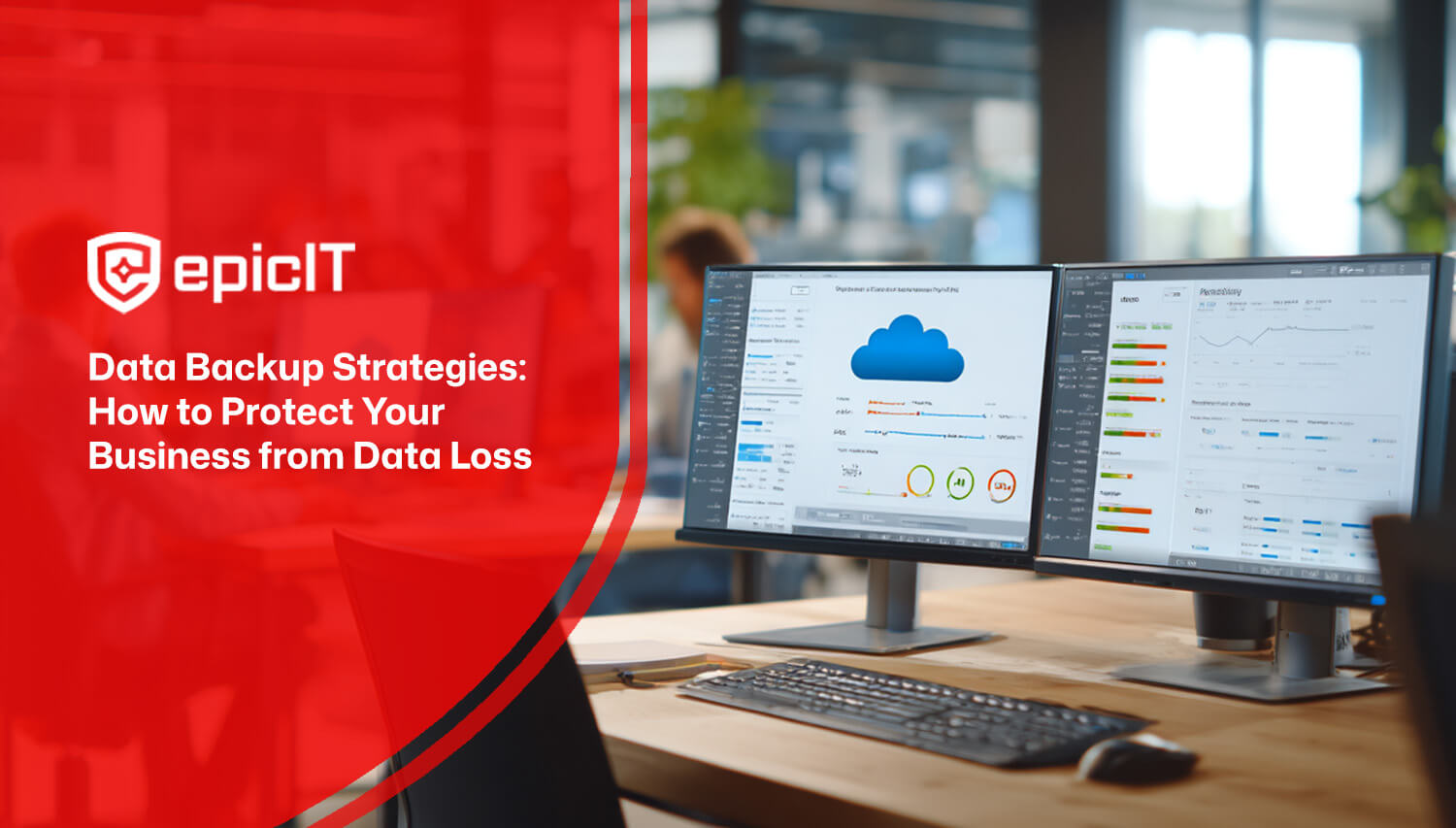
Data backup strategies are the safety net your business depends on when the unexpected hits. From ransomware to hardware failure to a simple mistaken deletion, the difference between a brief hiccup and a costly outage comes down to preparation.
This guide explains the best data backup strategy for modern SMEs in Perth, how to set realistic recovery targets, which tools to use, and how to keep the process affordable and reliable.
Attackers often target backups first. Everyday risks persist too: lost laptops, failed drives, accidental deletions. Clients and regulators expect stronger resilience and faster recovery. The best data backup strategy gives you multiple trustworthy copies, limits impact when something breaks, and gets you running again quickly.
Start with an enhanced version of the classic model.
This layered design balances speed, cost, and recovery. Your local copy gives quick restores. Your offsite, immutable copy protects against disasters and cyber incidents.

Two targets shape your plan.
How much recent work you can afford to lose. If one hour is too much, use hourly or continuous protection.
How fast you must restore service. If a key system needs to be back within two hours, favour image-level backups or standby replicas.
Set RPO and RTO per system. Finance and line-of-business apps usually need tighter numbers than archives or test environments. Revisit these targets after each restore drill.
A dedicated NAS or backup appliance gives fast local restores. Harden it with separate credentials, network segmentation, and immutability where available.
Ideal for offsite and immutable copies. Use object lock and versioning. Lifecycle policies can move older data to cooler tiers to control cost.
Great for desktops, laptops, and shared folders where you often need a single file back.
Capture entire systems so you can restore operating systems, applications, and settings in one go.
Workloads like Microsoft SQL Server and Exchange need quiescing for consistency.
Microsoft 365 and Google Workspace offer availability, not comprehensive point-in-time recovery.
Make at least one copy tamper-proof for a set retention period.
Use dedicated, least-privilege service accounts and multi-factor authentication.
Keep backup servers on their own VLANs. Restrict management ports and allow traffic only from backup proxies.
Encrypt in transit and at rest, log changes, and alert on unusual behaviour such as mass deletion or disabled retention.
If your domain is hit, you still need to reach the backup controller. Maintain a secure, documented emergency access method.
Keep frequent restore points for the last few days.
Retain daily copies for 30 days and weekly for 12 weeks.
Store monthly copies for 12–36 months and yearly for seven years or to meet compliance obligations. Move these to cooler or archive tiers.
Review capacity quarterly. Track storage, egress fees, and API costs. Adjust policies when data growth changes.

Enable verification to check integrity and bootability of images.
Run file-level and image-level restores into a sandbox. Record timings and refine runbooks.
Walk through incident scenarios with IT, leadership, and comms.
Epic IT specialises in data backup strategies for Perth businesses that want resilience without complexity. From our North Perth base at Unit 2, 62 Angove St, we design layered protection with fast local restores, immutable offsite copies, and routine restore drills.
You get hardened repositories, separate admin paths with MFA, and clear runbooks your team can follow. We back this with flexible contracts, zero-downtime onboarding, and specialist support across IT, cyber, and cloud.
Inventory systems and dependencies. Define per-system RPO and RTO.
Deploy a local repository. Configure cloud object storage with immutability.
Set backup jobs across endpoints, servers, databases, and SaaS. Define retention.
Run initial full backups. Verify, perform restores, document procedures, and schedule quarterly tests.
From here, monitor daily reports, fix errors promptly, and review costs monthly.

There is no single product that guarantees resilience, but there is a proven approach. Build layers, set realistic RPO and RTO targets, protect your backups like crown jewels, and practise recovery regularly. With a thoughtful plan and a trusted partner, data loss becomes a short interruption rather than a business-stopping crisis.
Begin with the 3-2-1-1-0 model. Keep three copies on two different platforms, one offsite, one immutable or offline, and verify with zero errors. Combine file-level backups for everyday restores with image-level backups for rapid system recovery, and include SaaS backups for Microsoft 365 or Google Workspace.
Tie frequency to your RPO. Many SMEs protect key servers hourly and endpoints daily, while databases benefit from continuous journalling or transaction-log backups.
No. Cloud services provide availability, not full point-in-time recovery for accidental or malicious changes. A dedicated SaaS backup lets you restore far beyond recycle bins or short native retention windows.
Use immutability or object lock for at least one offsite copy, segment your backup network, maintain separate admin credentials with MFA, encrypt in transit and at rest, and alert on suspicious behaviour.
Automated integrity checks, routine file-level restores, and periodic full image recoveries into a sandbox, plus tabletop exercises to validate decision-making and communications.